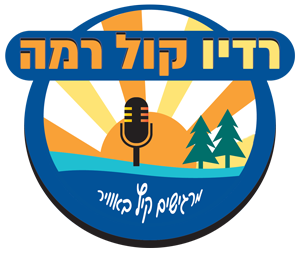Parsha Talk Matot – Masei 5782 – 2022
Parsha Talk : with rabbis Eliot Malomet, Barry Chesler and Jeremy Kalmanofsky. Beginning with the Fast of the 17th of Tammuz, this year marked on the 18th of Tammuz [July 17] because we do not do this type of fast on Shabbat, the Jewish community begins the the 3 Weeks of Punishment or Admonition, which culminate with the observance of the Fast of Tisha B’Av , this year observed on the 10th of Av [August 7], commemorating the destruction of the two temples, among other disasters which befell the Jewish community. Unlike most haftarot [the prophetic readings which follow the Shabbat and Holiday Torah Readings], the haftarot beginning with the Shabbat after the Fast of the 17th of Tammuz are anchored in a particular conception of Jewish history.
The three weeks between the 17th of Tammuz and the 9th of Av feature haftarot from the first 2 chapters of Jeremiah and the first chapter of Isaiah. Shabbat Nachamu, the Sabbath of Comfort or Consolation, which is the first Shabbat after Tisha B’Av features a haftarah from what many scholars believe is Second Isaiah, a prophet perhaps with the name of Isaiah as well but who lived roughly two hundred years after the First Isaiah, in the generation or two after the Destruction of the First Temple. The six weeks that follow also have haftarot from Second Isaiah, to present the Jewish people with what Jeremy referred to as 2nd Isaiah’s greatest hits.
Rather than talk about the parashah this week, the last two parashiyot of the Book of Numbers, we turned to the haftarot in order to discuss the phenomenon of prophecy and what it might have meant in the Bible and what it might mean to us, living in the 21st century. Next week we will return to our regularly scheduled program, a discussion of the opening chapters of Deuteronomy. Shabbat Shalom!
